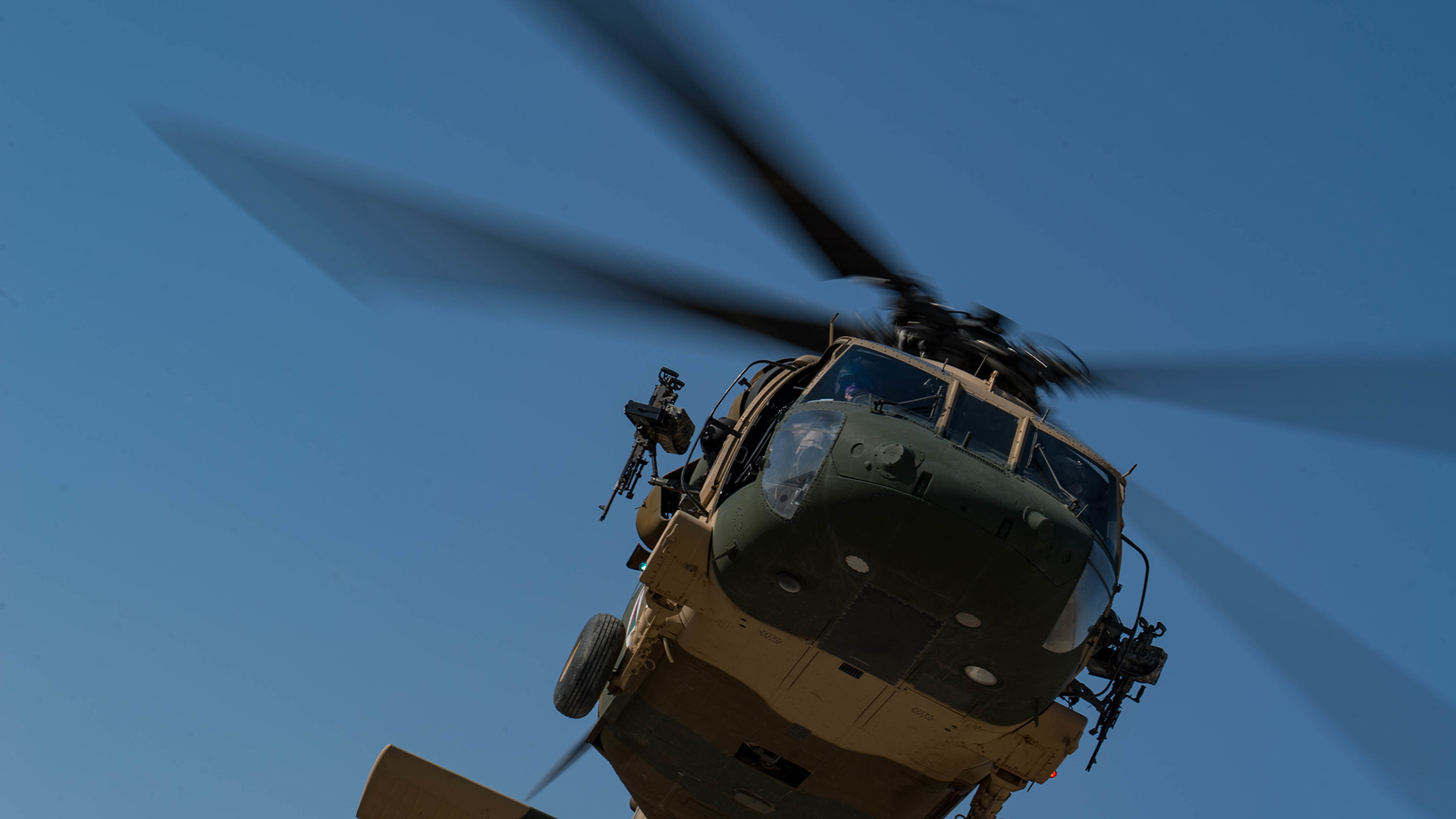

There’s a good chance that most of the Afghan military’s planes and helicopters will be unable to fly shortly after all US troops leave the country, and the Pentagon does not yet have a plan for how to keep the Afghan Air Force in the fight against the Taliban.
Even though the Defense Department has spent more than $8.5 billion since 2010 to develop an independent Afghan Air Force, the Afghans rely heavily on civilian contractors to perform most of their aircraft maintenance, according to a recent report from the Office of the Special Inspector General for Afghanistan Reconstruction.
“Contractors provide 100% of the maintenance of Afghan Air Force Black Hawks and C-130s and a significant share of maintenance of its light combat support aircraft,” said John F. Sopko, the consistently blunt Special Inspector General for Afghanistan Reconstruction. “DOD’s Train, Advise, and Assist Command – Air (TAAC-Air) reports that no Afghan airframe can be sustained as combat effective for more than a few months without contractor support. So this is a critical need.”
But Defense Secretary Lloyd Austin told reporters in May that American contractors are leaving Afghanistan by September along with U.S. troops.
With the U.S. withdrawal roughly three months away, defense officials are still coming up with a plan for how contractors could continue to support the Afghan National Defense and Security Forces, Pentagon spokesman John Kirby said on Tuesday.
“All of those decisions have not been completed, but rest assured: We’re working hard on that, and when we have more discrete solutions to present, we’ll do that,” Kirby said during a Pentagon news conference.
Airpower is the one major advantage that the Afghan security forces have over the Taliban, Bradley Bowman of the Foundation for Defense of Democracies think tank told NBC News.
“If we don’t help them maintain those aircraft, then the Afghan security forces will be deprived of that advantage, and that could have a decisive impact on the battlefield and ultimately on the state of the Afghan government,” Bowman told NBC.
Jack McCain, a former advisor to the Afghan Air Force and son of Sen. John McCain (R-Ariz.), said that the Taliban knows how important airpower is to the Afghan security forces so they assassinate Afghan pilots and try to shoot down Afghan helicopters, especially the Black Hawks provided by the U.S. government.
“The pilots I worked with are brave beyond measure,” McCain said. “We often had occasions where those pilots would remain in a landing zone, under fire, so wounded could be loaded. They are asked to fly to the toughest places in Afghanistan, on a regular basis, and do so day in and day out. I’ve never seen the like.”
Austin told reporters in May that the Defense Department plans to support the Afghan military with “over the horizon logistics” following the troop withdrawal. So far, none of the neighboring countries have announced that they have agreed to host US troops for such a purpose.
A State Department spokesperson had nothing to announce on Tuesday when asked whether any countries in the region had agreed to host U.S. troops to support counter-terrorism efforts in Afghanistan.
Meanwhile, the Defense Intelligence Agency believes the Taliban appear to be preparing to capture Afghan cities and other urban centers, Wall Street Journal reporter Sune Engel Rasmussen first revealed.
“We’re mindful of the need for good aircraft maintenance, and we’re certainly mindful of how important the Afghan Air Force Special Mission Wing is to their self-defense capabilities,” Kirby said. “I can assure you that we’re working on this very, very hard and when we have more details to provide, we certainly will.”
A spokesman for U.S Central Command declined to provide any specific information about what options are under consideration to support the Afghan Air Force.
“We continue to explore the options to keep the Afghan Air Force flying but we are not going to disclose details as they have not been finalized,” said Army Maj. John Rigsbee.
The issue now is whether the Afghan government will be able to hire its own contractors to keep its aircraft flying, said Jonathan Schroden, an Afghanistan expert with CNA, a federally funded research and development center.
“That’s an open question,” Schroden said. “I have not seen any indications to suggest that the Afghan government has a solution for that – at least, as of yet.”
Without contractor support, the only aircraft that the Afghans would possibly still be able to fly would be their fleet of Russian made Mi-17 helicopters because the U.S. military has trained a number of Afghan service members to maintain them, he said.
That means most Afghan troops and police on the ground would have to fight without any sort of close air support, the ability to be resupplied by air, and intelligence, surveillance, and reconnaissance aircraft, Schroden said.
“If the air force is grounded, either entirely or in large part, it would be a game changer for the military balance between the ANDSF and the Taliban,” Schroden said. “Because air dominance is one of the few – if the only – facets where the ANDSF have total overmatch on the Taliban’s fighting force.”
Featured image: An Afghan Air Force UH-60A Black Hawk assigned to the 2nd Wing Afghan Air Force, conducts dust off landing practice on Dec. 10, 2018, as a part of Train, Advise and Assist Command-Air’s (TAAC-Air) mission at Kandahar Airfield, Afghanistan. (U.S. Air Force photo/Senior Airman Maygan Straight)
